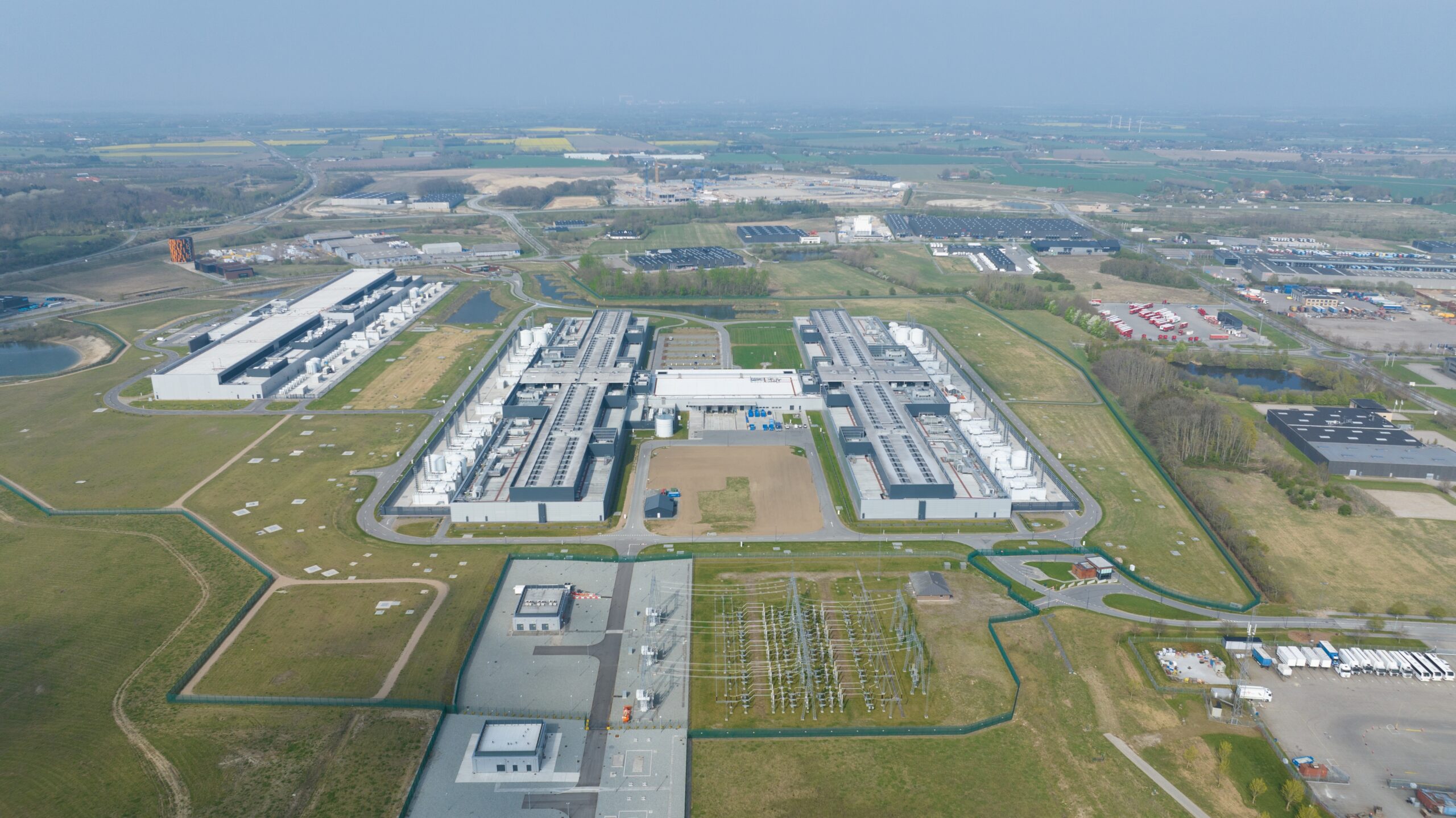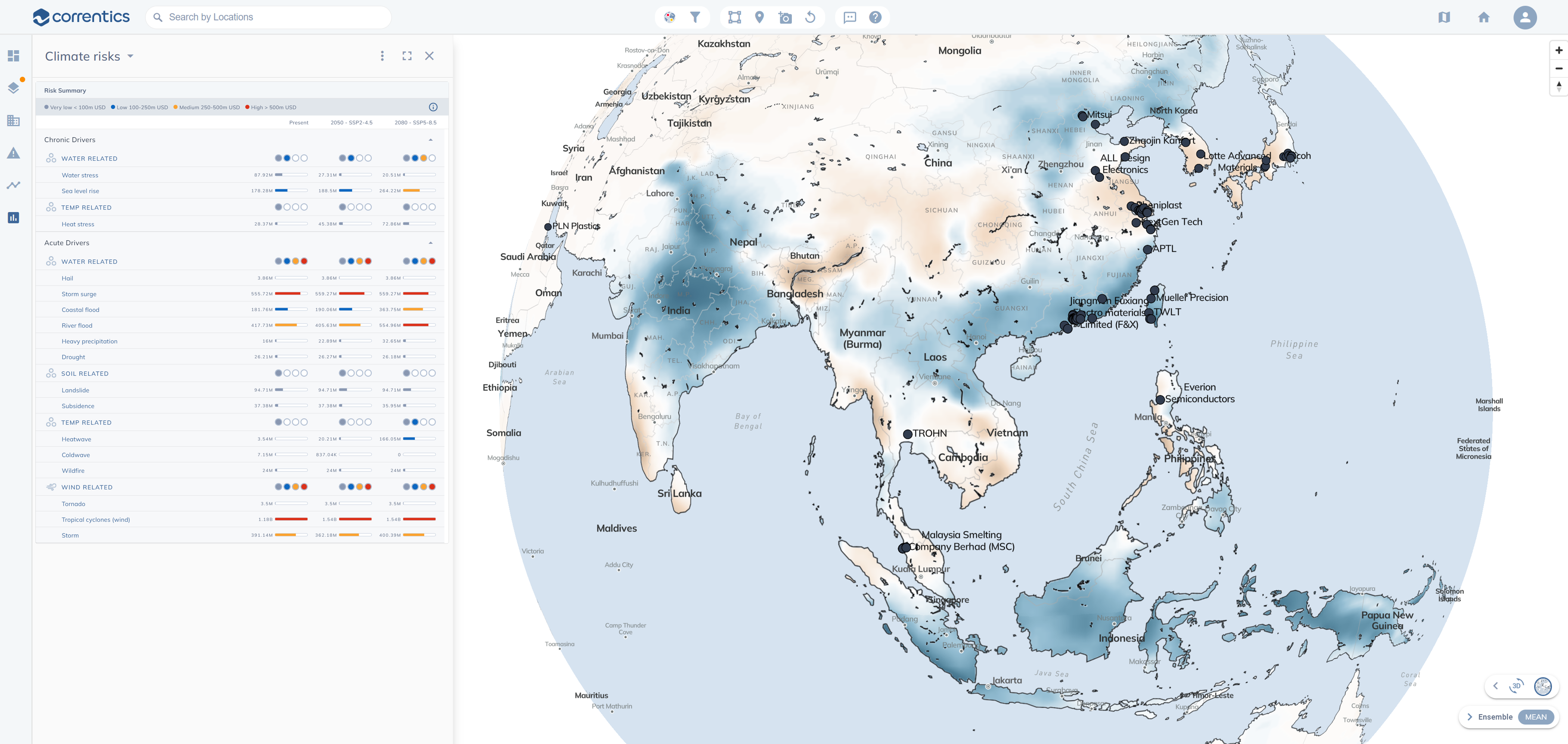- Category: Projects
- Industry: climate change, climate risk, physical climate risk
Beyond the Boundaries: Understanding the Limits of Climate Adaptation Through the IPCC AR6 Risk Lens
How New Research Can Guide Smarter Climate Adaptation Planning
- Zürich,
As climate-related extremes intensify, climate adaptation has shifted from being a sustainability concept to a necessity for business operations and organizational planning, and the conversation from whether to adapt to how far we can go with adaptation.
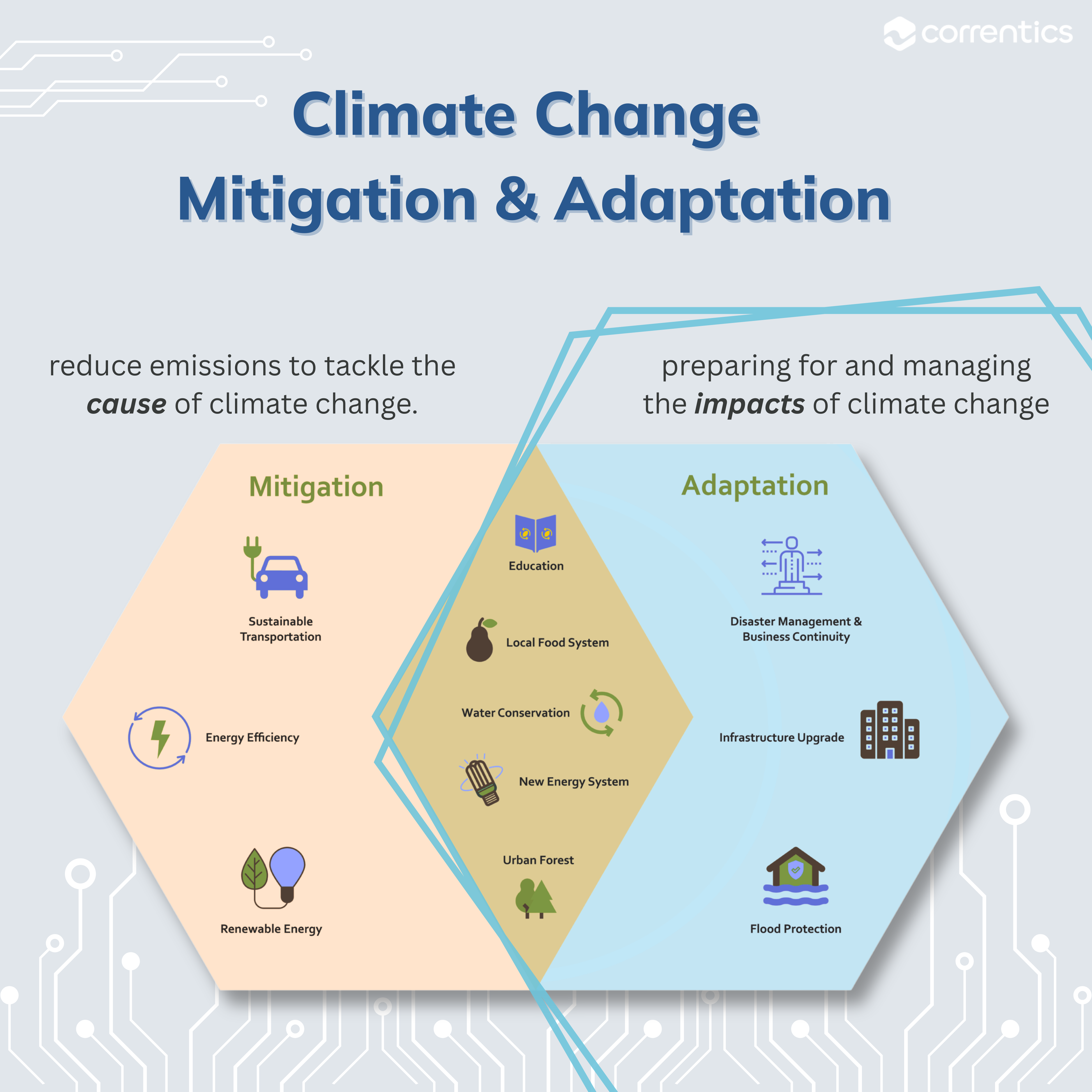
Why is Adaptation needed?
With record-breaking floods, droughts, and heatwaves unfolding across the globe, the risks of climate extremes are becoming increasingly tangible. In May 2025, the village of Blatten in Switzerland was almost entirely destroyed by a catastrophic glacier-driven landslide (see more). Just two months later, devastating floods in Central Texas claimed more than 140 lives. In Europe, a June 2025 heatwave killed thousands across major cities, while prolonged drought conditions in Pakistan worsened the impacts of monsoon flooding, displacing millions.
Organizations are beginning to understand that climate risks are no longer abstract projections but present-day disruptions to economies, infrastructure, and supply chains. Yet, a question emerges: where are the limits to adaptation, and how can organizations prepare for them?
Where are Limits to Adaptation?
There are, in fact, thresholds – some technical, some social, and others biophysical – beyond which adaptation measures simply stop working. Recognizing where these boundaries lie and planning around them is essential for businesses that want to remain resilient in a rapidly warming world.
In this article, we explore the concept of adaptation limits through the lens of the landmark paper “Limits to adaptation to climate change: a risk approach” (Dow et al., 2013) and show how it aligns with the risk framing used in the IPCC Sixth Assessment Report (AR6).
We also discuss how a software-based approach to climate risk assessment can support organizations in navigating these limits.
How are “Limits to Adaptation” defined?
The term adaptation limits describes the threshold at which climate-related risk cannot be reduced to an acceptable level, no matter how well-funded the response. These limits arise when adaptation actions fail to secure valued objectives or when such actions become unfeasible, ineffective, or unacceptable.
Researchers often distinguish between two types.
- Soft limits arise when adaptation is technically possible but constrained by barriers such as a lack of funding, weak governance, or limited social acceptance.
- Hard limits, in contrast, are defined by nature itself: a coastal community permanently submerged by sea-level rise, or farmland turned barren by chronic drought, cannot be adapted back to its former state.
While soft limits may shift with technological innovation or new policy frameworks, hard limits define the outer edge of human resilience. This is where the conversation around adaptation becomes more urgent and more uncomfortable: what happens when moving forward means transformation, or even retreat, rather than reinforcement?
Definition of the IPCC AR6 Risk Framework: the Bigger Picture
The IPCC’s Sixth Assessment Report (AR6) provides a powerful way to understand how these limits unfold. It frames climate risk as the result of four interacting dimensions: the hazards we face, the exposure of people and assets, the vulnerability of systems and communities, and the capacity to respond.
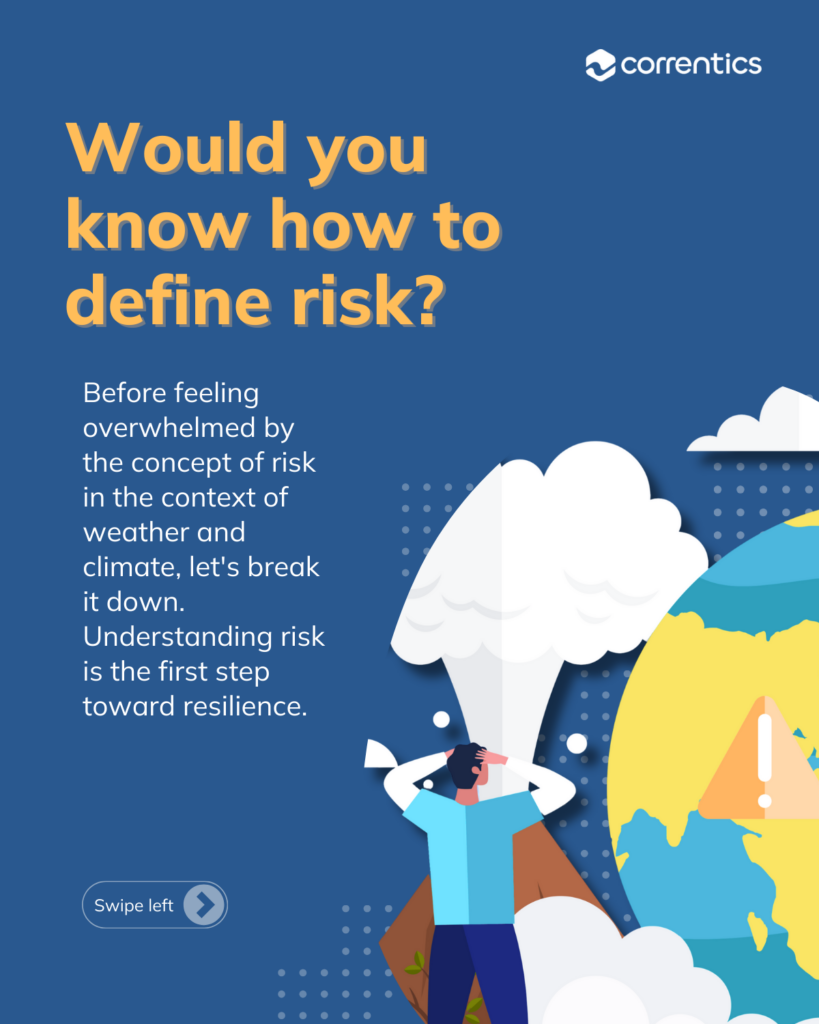
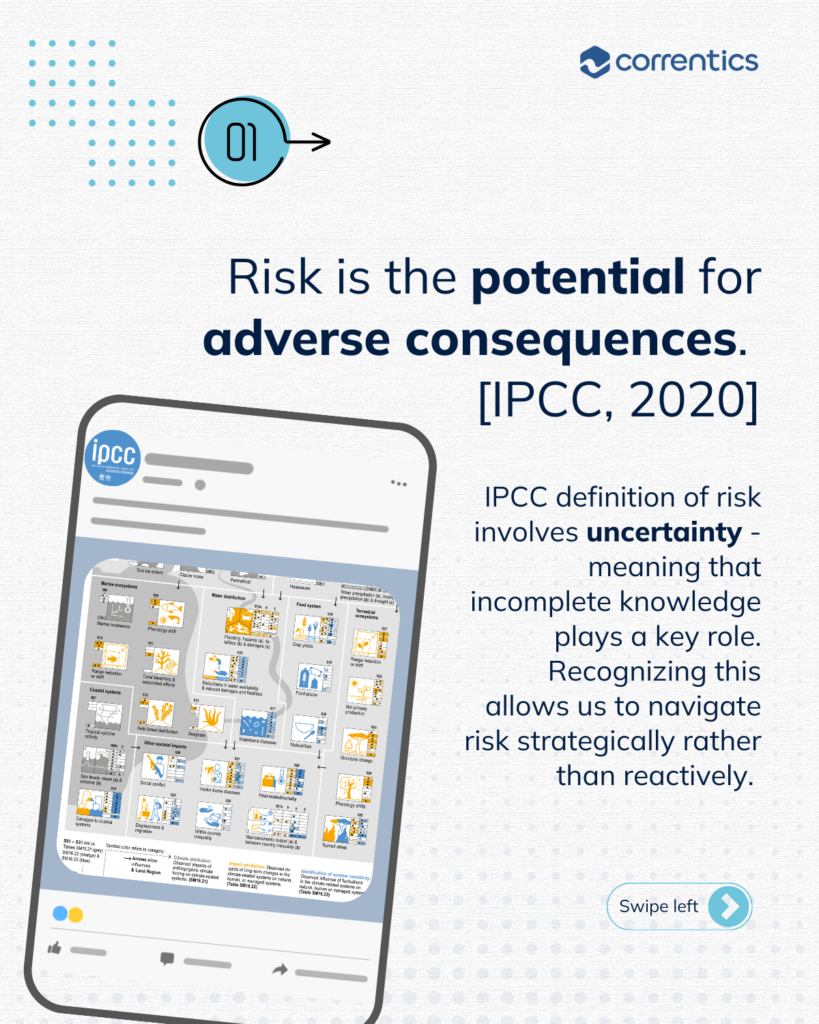
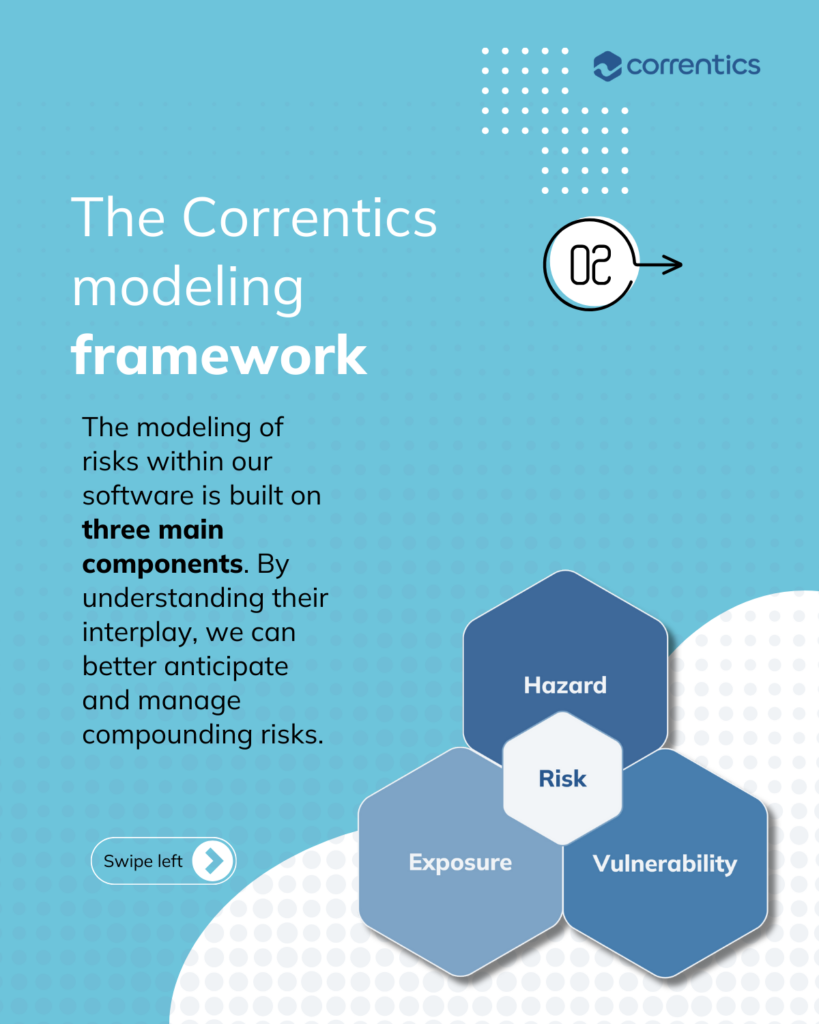
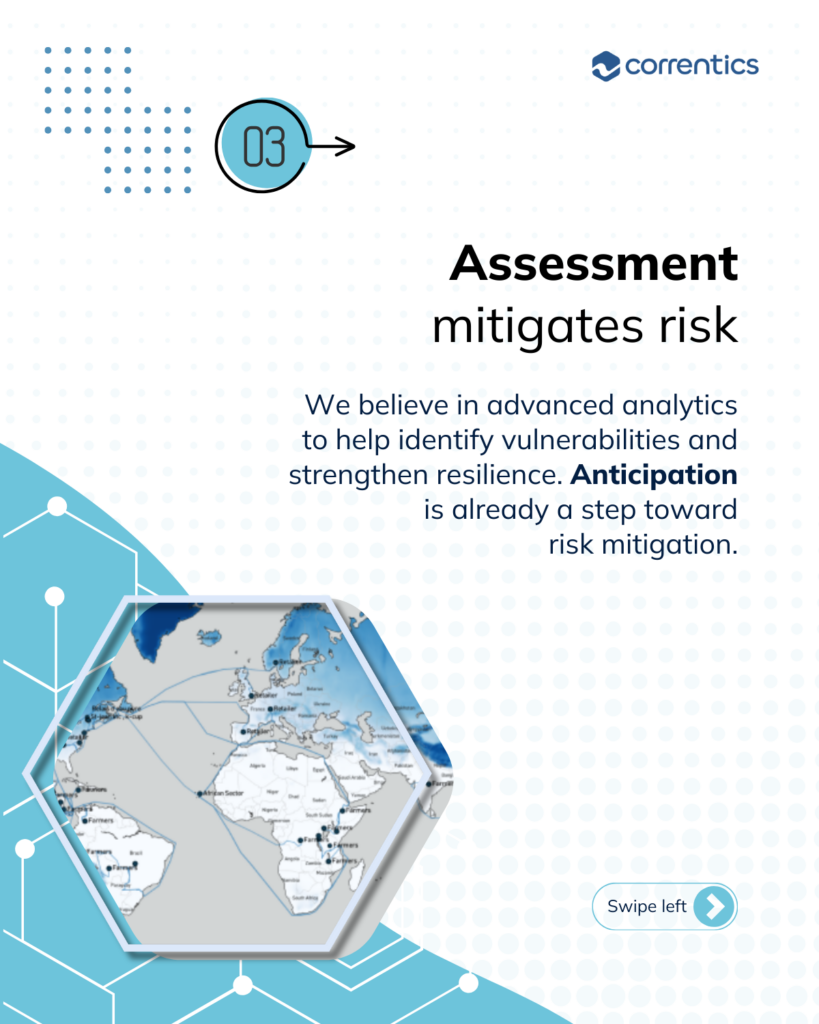
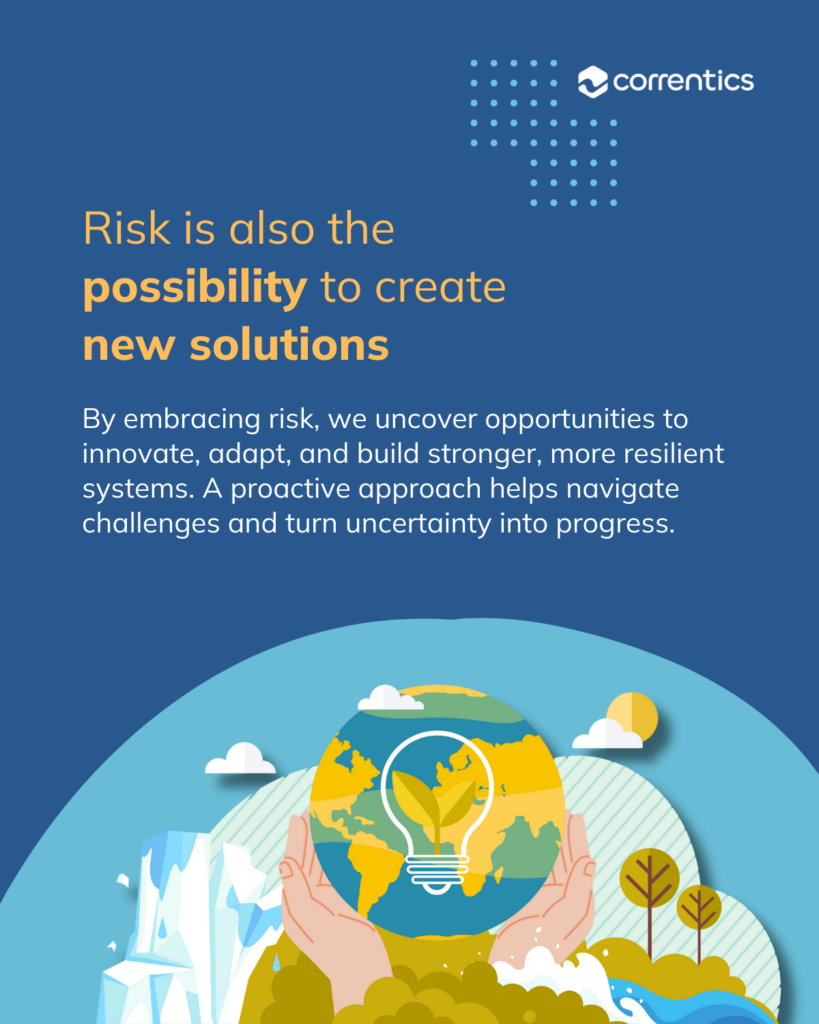
As Hazards such as floods, storms, and heatwaves grow more frequent and intense, they can exceed the capacity of the very systems designed to protect against them. Exposure can compound this effect if factories, logistics hubs, or densely populated areas are located in high-risk zones and face residual impacts that no wall, levee, or cooling system can fully prevent. Vulnerability adds another dimension, as communities with governance gaps, limited financial resources, or entrenched social inequalities are likely to reach soft adaptation limits long before wealthier or better-prepared regions. Together, these three dimensions interact to strain adaptation. Ultimately, everything comes down to response. When adaptation measures become infeasible, unaffordable, or socially unacceptable, systems can neither transform nor retreat, signaling the point at which adaptation reaches its limit.
By looking at these elements together rather than in isolation, AR6 offers businesses and policymakers a holistic lens for identifying when adaptation remains possible, and when it is likely to fail.
Why Adaptation Limits Are a Business Imperative
For businesses, this is more than a theoretical debate. The consequences of ignoring adaptation limits are already visible. Infrastructure that was built to outdated climate standards is quickly turning into stranded assets. Supply chains that rely on single regions for critical components are being thrown into crisis by floods, droughts, or extreme heat. Insurance markets are tightening as entire regions become increasingly uninsurable.
At the same time, companies that act too slowly may miss opportunities to pivot toward transformative solutions that give them a competitive edge.
In other words, treating adaptation as limitless is a costly mistake. Adaptation planning must be risk-informed and account for both thresholds and tipping points.
The organizations that succeed in the decades ahead will be those that recognize the boundaries early, prepare for them, and design resilience strategies that extend beyond incremental change.
The Role of Climate Risk Software in the Context of Adaptation
This is where specialized analytics make a difference. At Correntics, our software translates complex climate dynamics into clear assessments. By integrating advanced climate models with socioeconomic and supply chain data, we provide organizations with a forward-looking map of where hazards are intensifying, which assets are most exposed, and how adaptation plans can be tailored to enhance resilience and ensure successful implementation.
The value lies in turning uncertainty into decision-making power. Businesses can test different adaptation strategies, assess trade-offs, and identify when soft limits can be overcome – or when hard limits demand a fundamental rethinking of operations or location. This shift from reactive adaptation to proactive resilience allows companies to not only protect themselves against loss but also to uncover opportunities in new markets, products, and risk-sharing approaches.
From Awareness to Strategic Resilience
Acknowledging adaptation limits does not mean giving up on resilience; it means approaching it with foresight, it means accepting that some risks can be managed, others must be transformed, and a few will require retreat. The future will reward businesses, policymakers, and investors who are willing to plan within these boundaries, rather than hoping they do not exist.
At Correntics, we believe the path forward lies in long-term planning and precision. By aligning the IPCC’s risk framework with data-driven analytics, organizations can navigate the uncertain terrain of climate change with confidence and strategy. Limits to adaptation may be real, but they do not have to be the limits of resilience.
